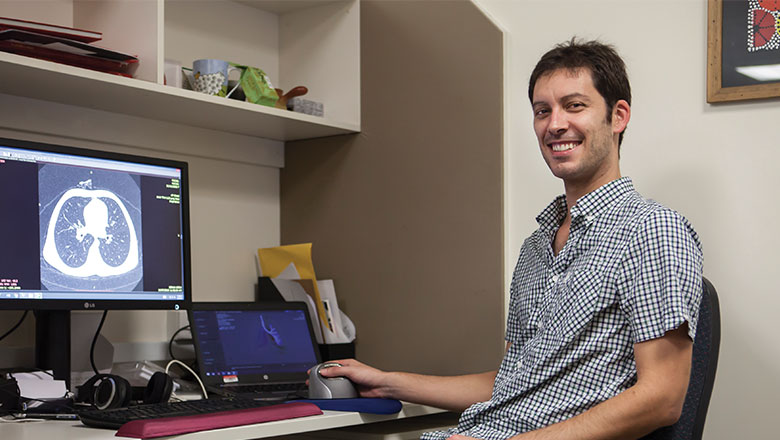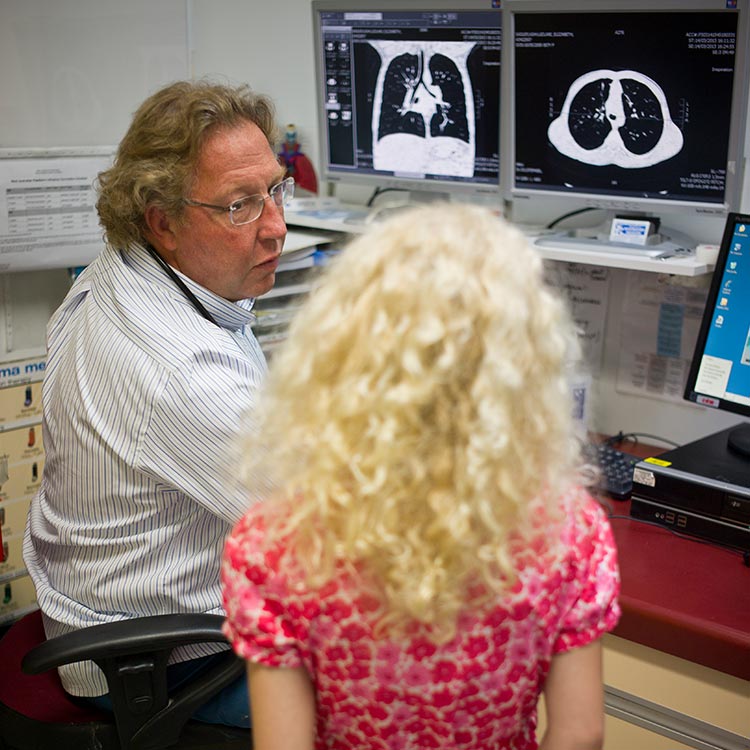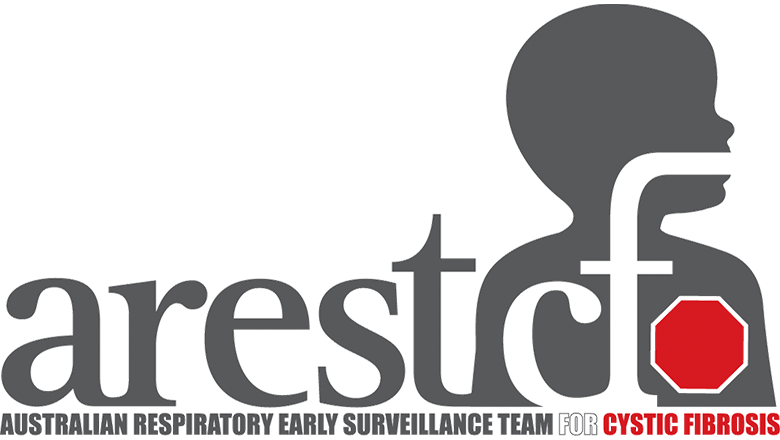Search
Research
Alpha-1 antitrypsin mitigates the inhibition of airway epithelial cell repair by neutrophil elastaseFree NE activity is deleterious for epithelial homeostasis and support the hypothesis that proteases in the airway contribute to CF structural lung disease
Research
Hypoxia and sterile inflammation in cystic fibrosis airways: Mechanisms and potential therapiesIn this review, we consider recent evidence regarding hypoxia and sterile inflammation in cystic fibrosis airways
Research
The effect of 100% oxygen on tidal breathing parameters in preschool childrenThis study aimed to determine whether breathing 100% oxygen altered tidal breathing parameters in healthy young children and young children with CF.

News & Events
On a quest for kids with cystic fibrosisPRAGMA-CF, a new way of measuring early lung disease in young kids with cystic fibrosis is changing the way we detect and treat CF.

News & Events
Are you interested in cystic fibrosis research?We are looking for 6 new members to join our Child and Adolescent Cystic Fibrosis Consumer Reference Group of WA
News & Events
New study brings hope for preventing lung disease in children with cystic fibrosisResearchers at Perth's Telethon Institute are one step closer to preventing serious lung disease which is the main cause of suffering in cystic fibrosis.

News & Events
Treat early to protect lungsEarly intervention is being touted as the key to preventing lung damage in children with cystic fibrosis.


News & Events
Cystic fibrosis research a Eureka Prize finalistA world-leading cystic fibrosis research program, based at The Kids Research Institute Australia, is a finalist in the 2015 Australian Museum Eureka Prizes.
News & Events
Healthy lungs, healthy lifeThe lungs are one of the last organs in the body to develop as a baby grows. They're also one of the most important.
